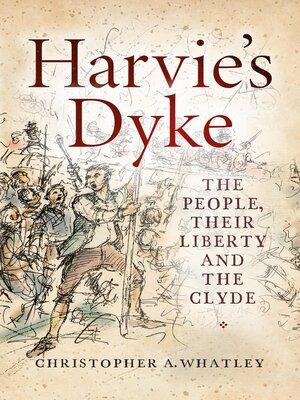
Sign up to save your library
With an OverDrive account, you can save your favorite libraries for at-a-glance information about availability. Find out more about OverDrive accounts.
Find this title in Libby, the library reading app by OverDrive.



Search for a digital library with this title
Title found at these libraries:
| Library Name | Distance |
|---|---|
| Loading... |
In the early 1820s, Thomas Harvie, a newly rich, arrogant Glasgow distiller, bought Westthorn estate on the eastern edge of the city close to the north bank of the River Clyde. To establish the bounds of his property and keep out intruders, he erected two walls, the larger of which ('Harvie's Dyke') was massive, fortified and blocked a long-established pathway alongside the river. Colliers and other workers from nearby villages (many of whom regularly used the walkway) were outraged. A large crowd gathered on midsummer's evening in 1823 and set about demolishing the wall. After a cavalry charge put an end to the disturbance, dozens of the rioters were arrested and some imprisoned.
But Harvie rebuilt his walls, and a six-year struggle with the people of Glasgow ensued, which resulted in a House of Lords ruling in 1828 in favour of those who had campaigned for 'the liberties of the banks of the Clyde'. The episode gripped the city and was heralded in poems, song and newspapers for many decades. It also inspired later protests against landowners who attempted to obstruct public rights of way. This book is testimony to a triumphant victory for ordinary Glaswegians over an uncompromising estate proprietor.







